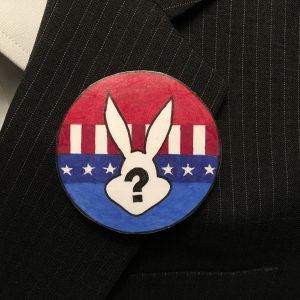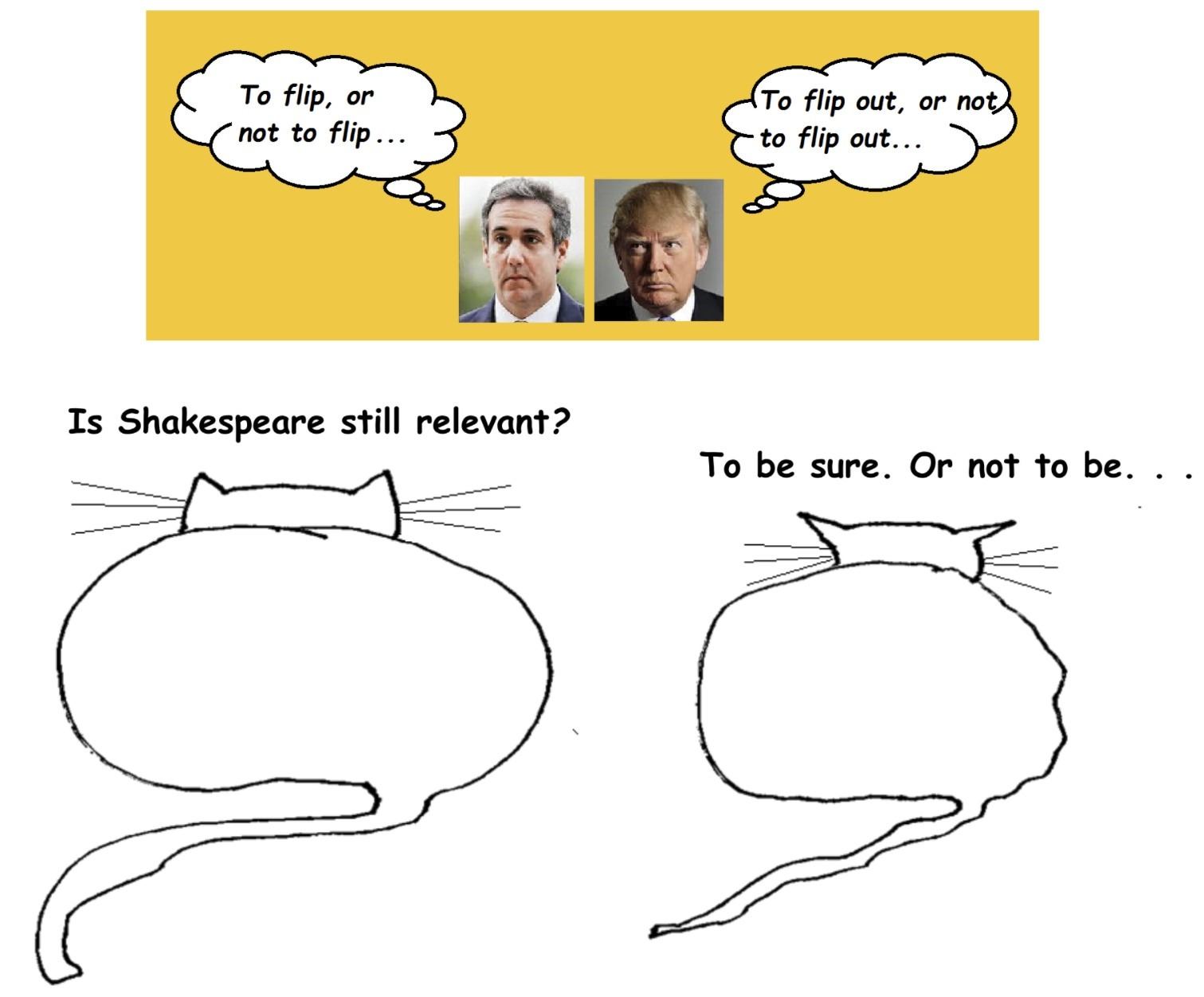by Dave Maier
 One starting point for any philosophical account of language is that the truth of a statement depends both on what it means and on how the world is. Handily for contemporary pragmatists of my stripe, this fits neatly with the post-Davidsonian project of overcoming the dualism of conceptual scheme and empirical content. All we need to do is show that the two factors that make up truth are not so detachable as contemporary dualists claim.
One starting point for any philosophical account of language is that the truth of a statement depends both on what it means and on how the world is. Handily for contemporary pragmatists of my stripe, this fits neatly with the post-Davidsonian project of overcoming the dualism of conceptual scheme and empirical content. All we need to do is show that the two factors that make up truth are not so detachable as contemporary dualists claim.
If it were as easy as that, though, we’d be done by now. Last time I said some things about semantic externalism, the idea that our meanings and other mental contents depend in some way on how things are in the world (as opposed, that is, to being transparently internal to the mind in the Cartesian manner). While not uncontroversial (there are a number of versions of this idea, some of which lead to serious problems), this thought is not generally regarded as scandalously radical or insane – possibly because when it goes bad, it does so in the direction of realism, contemporary philosophy’s default metaphysical assumption. The world, and the semantic content it determines, turns out to be too independent of our minds for us to know for sure what we are even saying. But again, for most contemporary philosophers, metaphysical realism, even of a problematic sort, has always seemed preferable to the unthinkable alternatives.
Things get dicier, or can easily seem to, if we consider the converse thought: that how things are in the world depend in some way on our meanings and beliefs. Stated so baldly, the only people who accept it are the most hard-bitten idealists. Not only does this thereby fall off to the forbidden side, it’s not at all clear how to state it in any more acceptably hirsute fashion. (I except the obvious cases, the subject of an entire book by contemporary realist John Searle (The Construction of Social Reality), such as the straightforwardly conventional, mind-created, but thereby no less real, truth that this sawbuck is more valuable than that fin – although inventive if also perverse counter-examples are available even for that one.)
I won’t be arguing for any particular doctrine today, let alone anything controversial, but instead simply batting about some examples, in the hope of a better understanding of a few important and interrelated things: first, how diverse our semantic options really are, and how little the dictionary really tells us about them; second, how essential to meaning are the creative and expressive aspects of language use; and third, the overlapping and indeed interconstitutive notions of a) knowing what a word means; b) knowing how to use a word appropriately; c) knowing the word’s referent; d) knowing what such a thing is. With any luck this may clear the way to discussing matters of meaning and truth without the threat of linguistic idealism seeming to hover over us at every turn. Read more »

 “You should look into this, perhaps write a little something about it.”
“You should look into this, perhaps write a little something about it.”
 The cryptocurrency movement may be a mainstream media story but confusion about it is widespread. It evokes deeply polarized opinion, what with daily stories of
The cryptocurrency movement may be a mainstream media story but confusion about it is widespread. It evokes deeply polarized opinion, what with daily stories of 




 In 1928, when Julia de Burgos was fourteen, Hurricane San Felipe devastated Puerto Rico. The Category Five storm left not a single building unscathed, least of all the wood casita in a mountain barrio in Carolina where De Burgos was born. Three hundred people died in what would be, for the next ninety years, the most violent storm in the island’s history. Julia de Burgos did not record her experience.
In 1928, when Julia de Burgos was fourteen, Hurricane San Felipe devastated Puerto Rico. The Category Five storm left not a single building unscathed, least of all the wood casita in a mountain barrio in Carolina where De Burgos was born. Three hundred people died in what would be, for the next ninety years, the most violent storm in the island’s history. Julia de Burgos did not record her experience. Easter Monday bank holiday feels like a good moment to put aside politics and consider something far more portentous: evolution. Recently I was walking alongside a canal in central London, surrounded by concrete, glass, steel and tarmac, when I heard the call of a grey wagtail. Looking to my right I saw this bold, fast, yellow-bottomed bird, which I associate with wild rocky rivers in the north, flitting into a canal tunnel. Later that week I stared up at two peregrine falcons circling high above parliament — and got funny looks from passers-by.
Easter Monday bank holiday feels like a good moment to put aside politics and consider something far more portentous: evolution. Recently I was walking alongside a canal in central London, surrounded by concrete, glass, steel and tarmac, when I heard the call of a grey wagtail. Looking to my right I saw this bold, fast, yellow-bottomed bird, which I associate with wild rocky rivers in the north, flitting into a canal tunnel. Later that week I stared up at two peregrine falcons circling high above parliament — and got funny looks from passers-by. There was a time, several decades ago, when America’s two-party system was praised for its moderation. Unlike European parliamentary democracies where “
There was a time, several decades ago, when America’s two-party system was praised for its moderation. Unlike European parliamentary democracies where “ Visit the average university campus and it is likely that the newest and most ostentatious building will be occupied by the business school. The business school has the best building because it makes the biggest profits (or, euphemistically, “contribution” or “surplus”) – as you might expect, from a form of knowledge that teaches people how to make profits.
Visit the average university campus and it is likely that the newest and most ostentatious building will be occupied by the business school. The business school has the best building because it makes the biggest profits (or, euphemistically, “contribution” or “surplus”) – as you might expect, from a form of knowledge that teaches people how to make profits. For the dozen
For the dozen